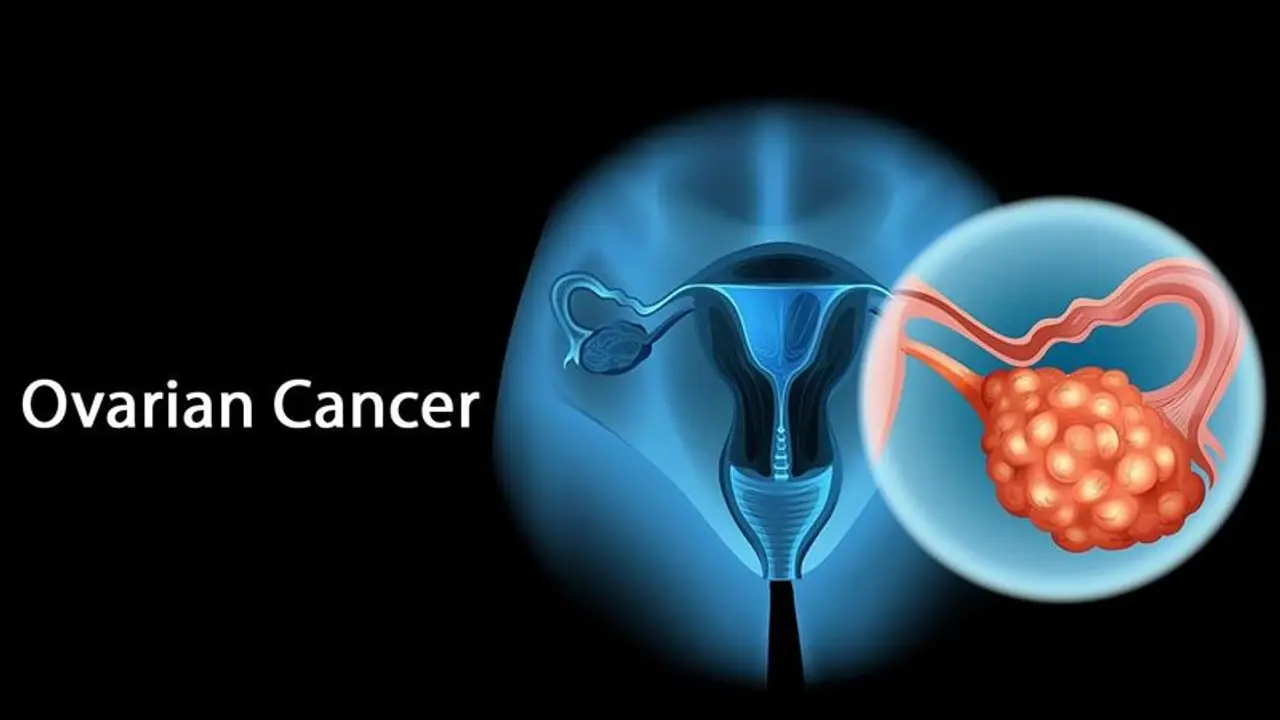Ovarian cancer is a growing threat in India, especially for older women. It needs more awareness, early detection, and prevention to reduce the rising death rate.
Ovarian cancer, referred to as the "silent killer," is one of the top five female cancers in India. As per GLOBOCAN 2022, it causes approximately 4% of total female cancers in India, with a crude incidence rate of 7.2 per 100,000 and a crude death rate of 5.5 per 100,000. Worryingly, more than three in five cancer patients in India do not survive, and cancer-related deaths in women are rising faster (1.2–4.4% annually) than in men.

India is on the brink of a significant cancer crisis. As a large portion of the population moves from the reproductive age group into the middle-aged and older bracket, the country is expected to face its highest cancer burden in history within the next two decades. Ovarian cancer happens mainly in women over 50 years old, which will be a big part of that challenge.
Even more troubling is that early-stage ovarian cancer usually does not show any symptoms, so early detection is very unlikely. However, there are slight signs women should not ignore, especially when they last more than two weeks, which include:
- Abdominal discomfort or bloating
- Changes in appetite
- Frequent urination
- Pelvic discomfort
- Unexplained fatigue
Risk Factors for Ovarian Cancer
Knowing what puts you at risk can enable you to act early and make wise health choices. Major risk factors are:
1. Age: Most ovarian cancers occur in women aged 50. India's middle-aged and elderly women contribute to 70% of the total burden of cancer and thus make this segment especially vulnerable.
2. Family History & Genetics: Women with a family history of ovarian, breast, or colon cancer are at much greater risk. BRCA1 and BRCA2 gene mutations are associated with 15–25% of ovarian cancers.
3. Reproductive History:
- Not having children
- Early menstruation (before age 12)
- Late menopause (after age 55)
- Endometriosis
These conditions increase the number of lifetime ovulations, which is associated with increased risk.
4. Obesity: India's increasing rates of obesity are associated with an increased risk of developing ovarian cancer and worse outcomes after diagnosis.
5. Hormone Replacement Therapy (HRT): Extended use of estrogen-only HRT following menopause raises the risk of ovarian cancer.
6. Smoking: Specifically associated with some aggressive subtypes of ovarian cancer such as mucinous carcinoma.
Preventive Measures
- Use of oral contraceptives (up to 50% reduction in risk with long-term use)
- Childbirth and breastfeeding
- Surgeries such as tubal ligation or hysterectomy, in some instances
The risk of ovarian cancer is increasing, especially among India's elderly female population. Early detection, even slightly crucial, is knowing your individual risk depending on age, family history, and lifestyle.
India cannot ignore ovarian cancer. Preemptive screening, awareness, and prompt response can mitigate the effects of this silent but lethal disease.
-By Dr. Vinayak Maka, Consultant - Dept. of Medical Oncology, Ramaiah Institute of Oncosciences, Ramaiah Memorial Hospital


